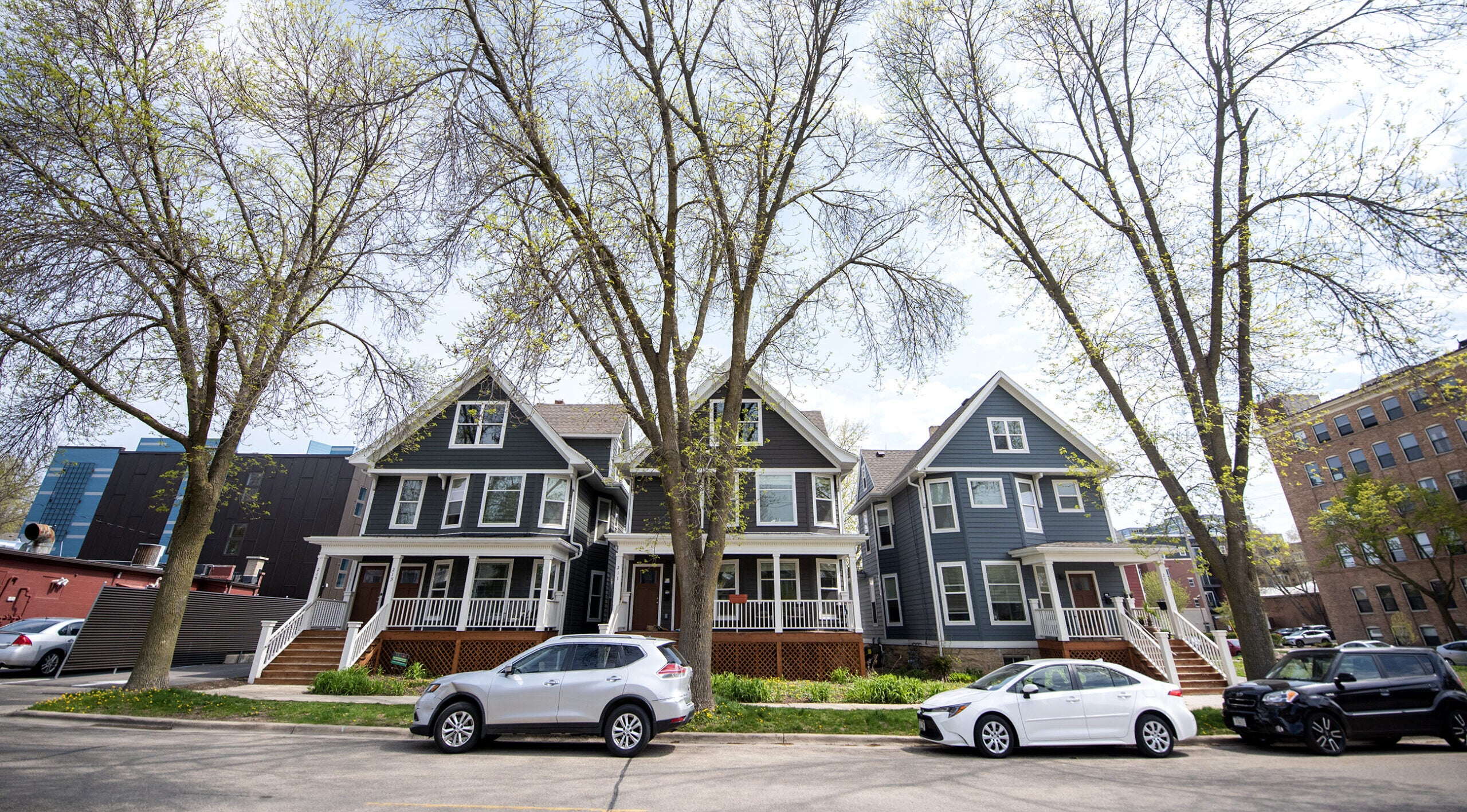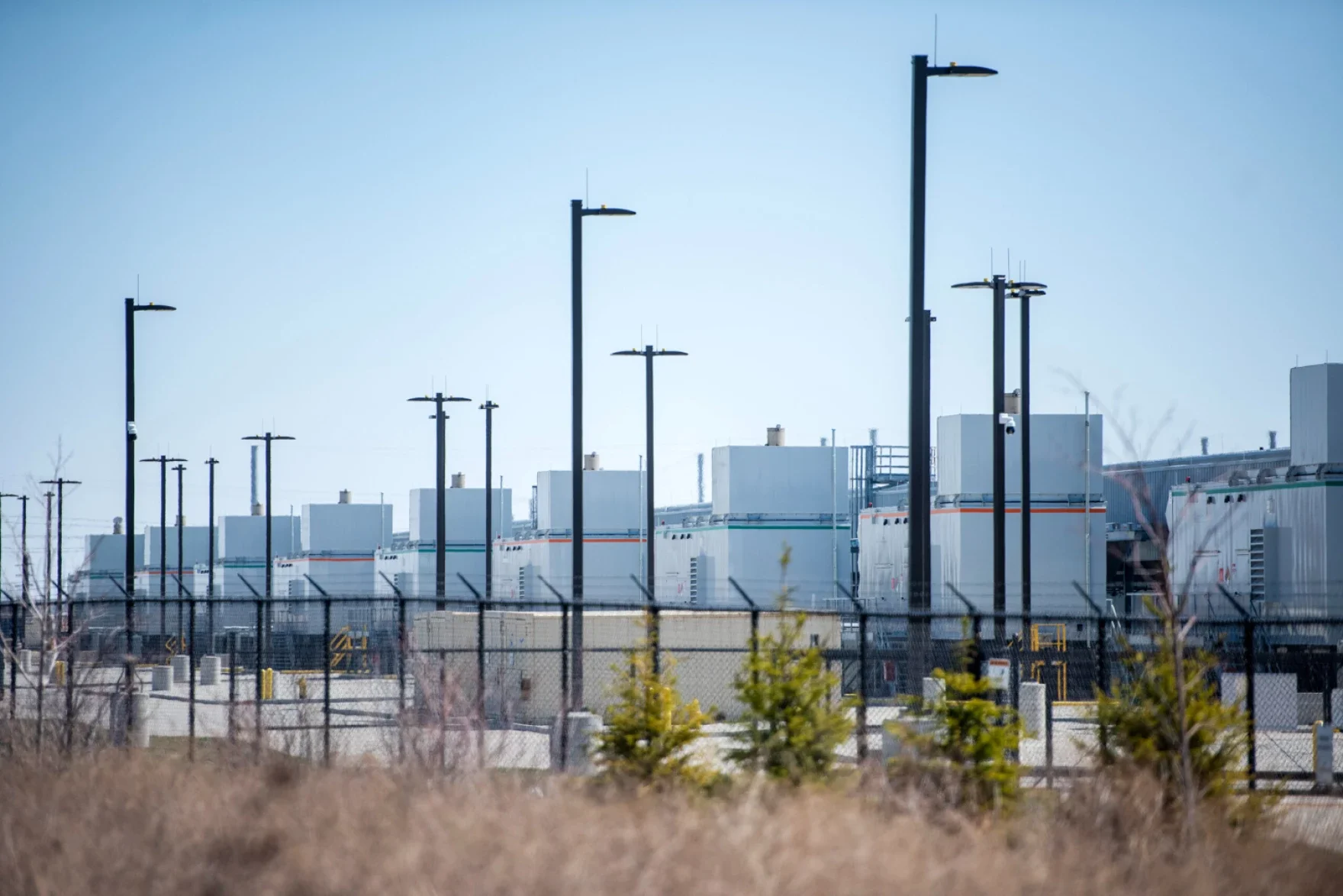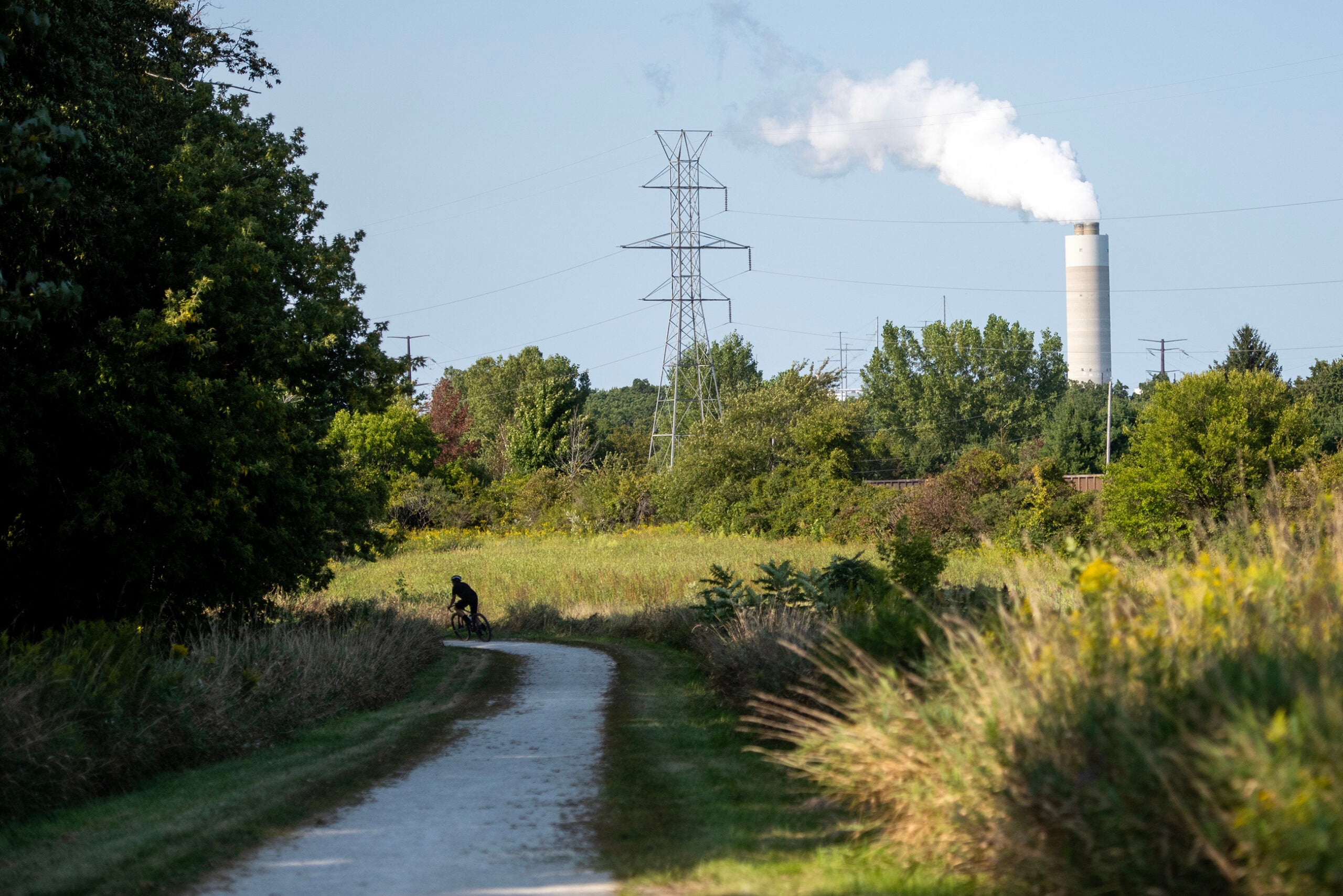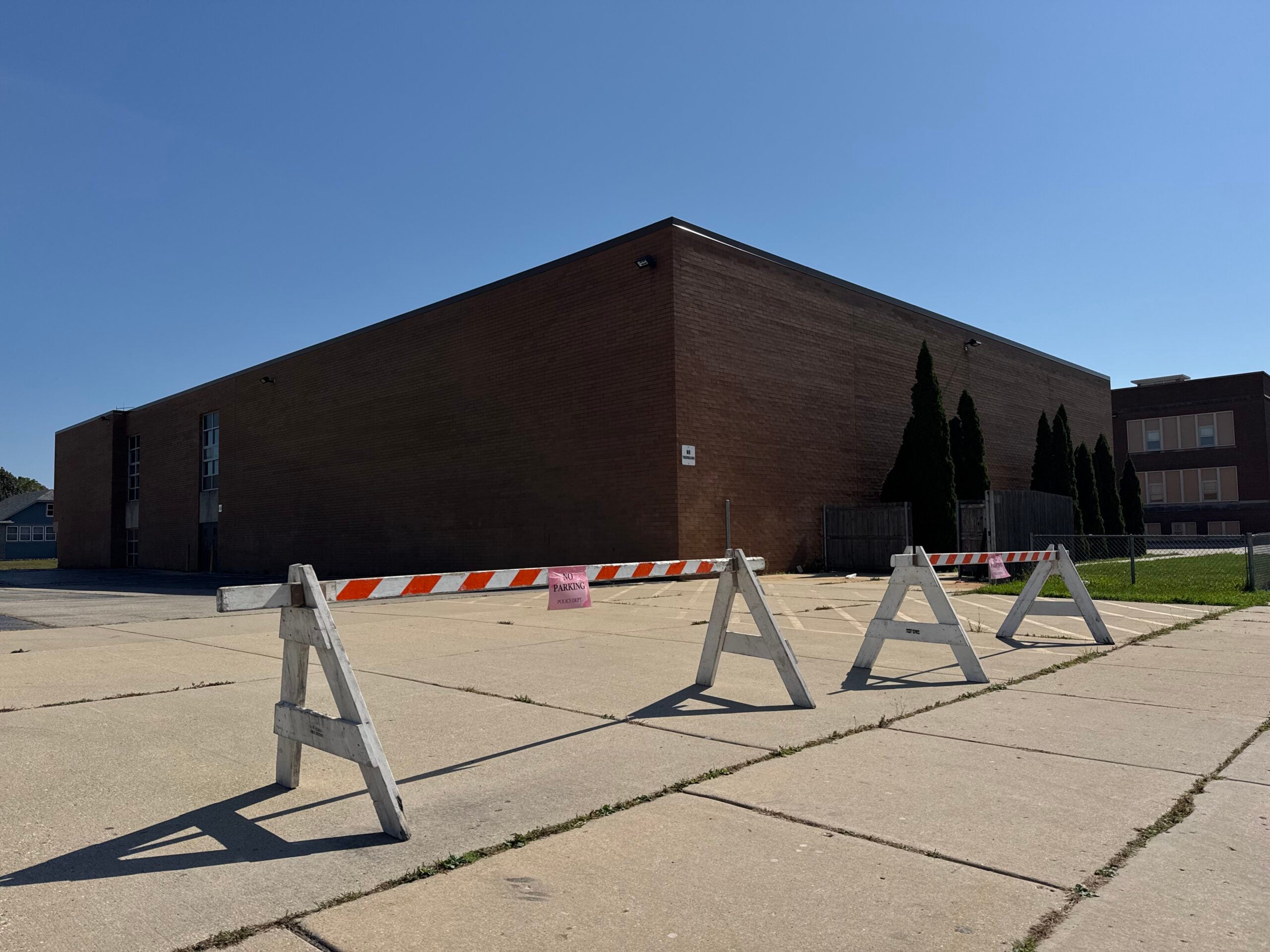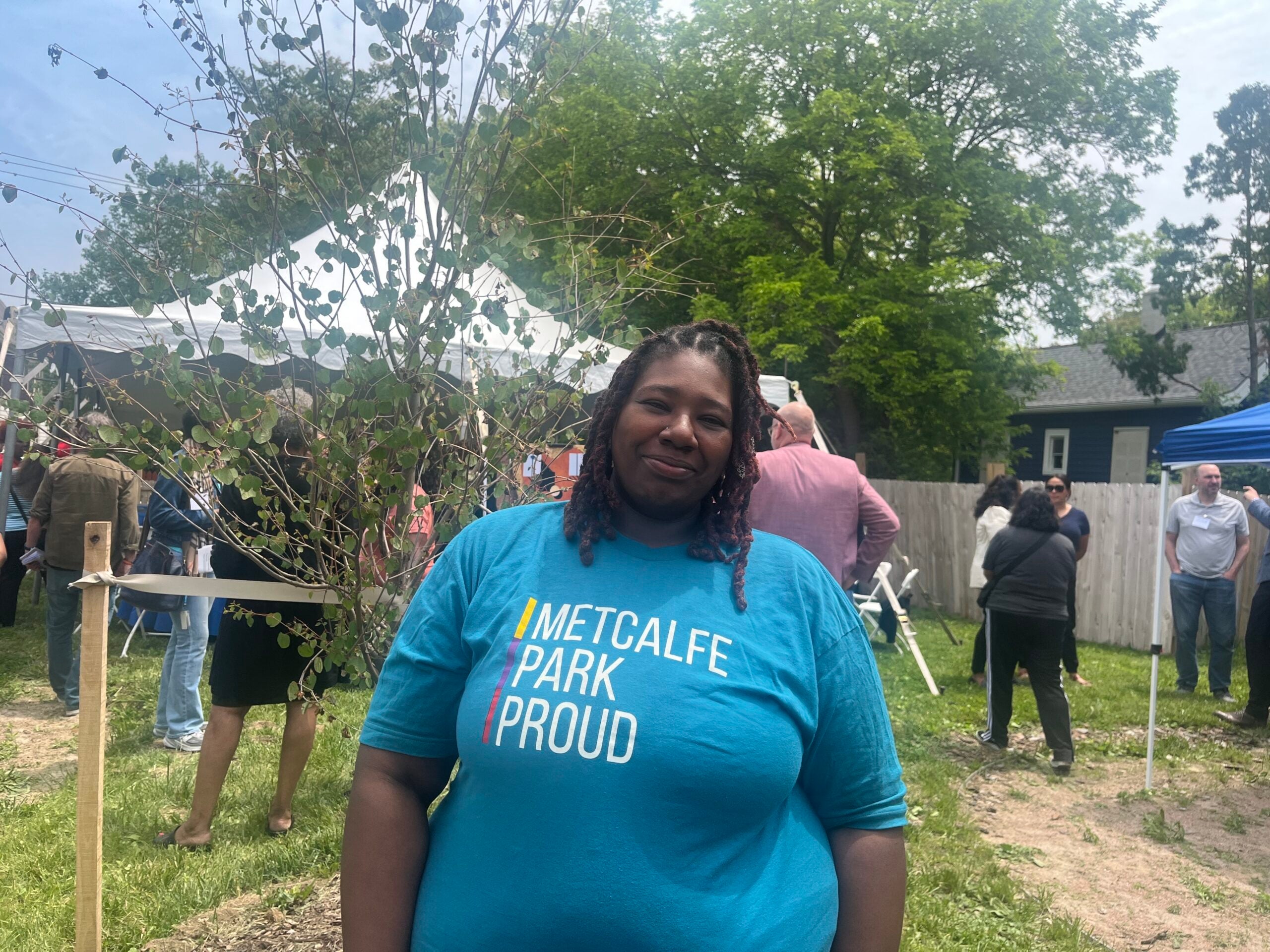Wisconsin’s housing shortage has made finding a place to live feel for many like a high-stakes game of musical chairs.
That’s especially true in Madison, said Ian Jamison, a local renter who is part of the pro-housing group Madison is for People.
“The winners of the chairs get so much great stuff — they get amenities, they get health care, they get tons of jobs,” he said. “But the issue is there are not enough chairs, or in this case houses, to go around, so it gets more and more complicated and competitive.”
News with a little more humanity
WPR’s “Wisconsin Today” newsletter keeps you connected to the state you love without feeling overwhelmed. No paywall. No agenda. No corporate filter.
He’s not the only one in Wisconsin who feels that way, and the issue isn’t limited to Dane County.
A report from Forward Analytics, the research arm of the Wisconsin Counties Association, says the state needs to build at least 140,000 housing units by the end of the decade to keep pace with current demand. The shortage has been especially challenging for marginalized groups and low-income individuals.
State lawmakers Wednesday approved a bipartisan package of bills aimed at improving Wisconsin’s housing stock. The package includes bills to create loans for workforce and senior housing.
Besides incentivizing housing development, one of the bills would make it harder for residents to block new housing projects. It would require local governments to approve housing projects that meet existing zoning requirements, and would lay out a court process for developers who feel the rules have been changed on them mid-project.

Currently, many new projects must make it through multiple votes from local plan commissions and other municipal boards, a process that can take months or years and creates a number of opportunities for opponents to torpedo new projects.
The bill is meant to address what some call the “not in my backyard,” or NIMBY, problem, a term for those who raise objections to projects that may be beneficial to a city because they don’t want new development located in their own neighborhood.
Jerry Deschane, executive director of the League of Wisconsin Municipalities, said community residents throughout the state block housing “more often than anybody would care to admit.”
“Your long-range comprehensive plan says, ‘We’re going to develop this neighborhood in this way,’” Deschane said. “Your zoning says, ‘We’re going to develop this neighborhood in this way.’ Well, a developer shows up and says, ‘OK, I can build that — here’s my request for a permit.’ Then all of a sudden, the world gets turned upside down.”
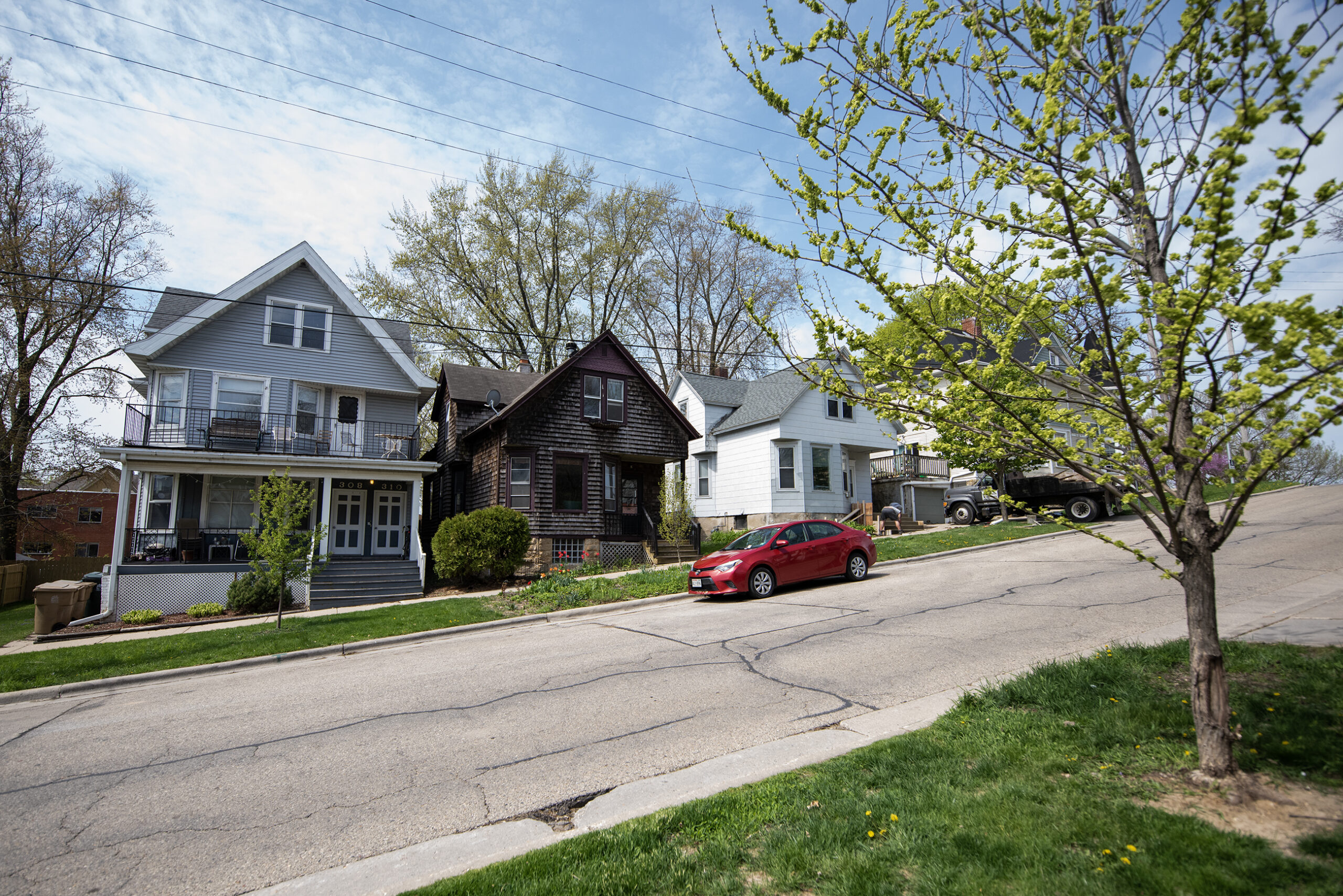
State Sen. Romaine Quinn, R-Cameron, is also a realtor for Rice Lake-based Real Estate Solutions. He cosponsored the legislation and recently told Wisconsin Public Radio’s “Central Time” that it’s aimed at giving developers more certainty.
“When they develop a project, they have to know it’s going to be approved in a timely manner, because our construction season is short in northern Wisconsin,” he said. “Communities would no longer be allowed to move the ball on developers when a project is trying to come in.”
Local government meetings where multifamily workforce housing projects are proposed often see strong pushback. Within the last year, meetings across Wisconsin regarding housing drew criticism from local residents that often seemed to follow the same script.
In Neenah, one resident claimed a workforce housing development would “put recovering drug addicts into this community.” A Madison resident said proposed zoning changes would “lower the quality of life for people who are already there.” An Oshkosh resident told the City Council a large multifamily project would “bring a significant increase in traffic and noise.”
In January, Will Ochowicz, a renter who helped form the pro-housing group Madison is for People, told the Madison City Council that arguments about preserving neighborhood character in single-family areas are really about limiting the type of people who can live there.
“It is about exclusion,” he said. “It is about keeping homes expensive and it is about keeping renters out of neighborhoods.”
Community complaints can derail housing, but worries rarely become reality
In late 2022, a developer in Neenah proposed converting the 27-acre Shattuck Middle School property into a housing development with 89 apartments and some single-family homes. The former Fox Valley middle school would be vacated at the end of the school year, and the city was seeking a productive use for the building.
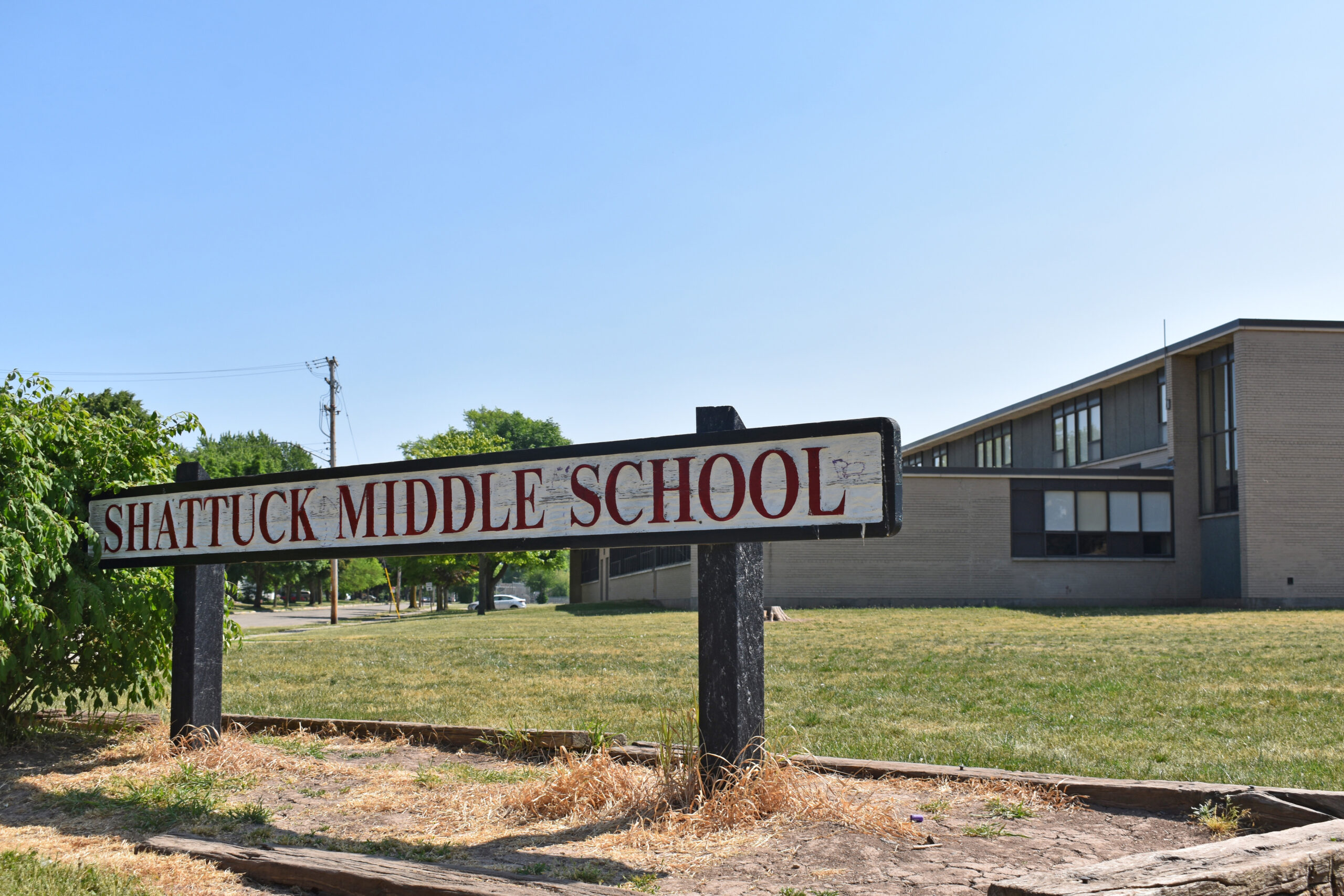
The middle school property needed to be rezoned, which required City Council approval. It faced tremendous community pushback that ultimately stopped the project from being approved. Despite the developer scaling down the number of apartments from 100 to 89 and increasing the number of single-family homes, the City Council voted 5-4 against rezoning the property.
The local school board gave the developer more time to come up with a plan to garner city approval, but the developer’s offer to the local school district expired on April 30.
Chris Haese, Neenah’s director of community development, said multifamily developments are almost always a challenge. Typically, he sees three recurring concerns from residents.
“Crime is going to go up, traffic is going to become ridiculous and surrounding property values are going to go down,” he said.
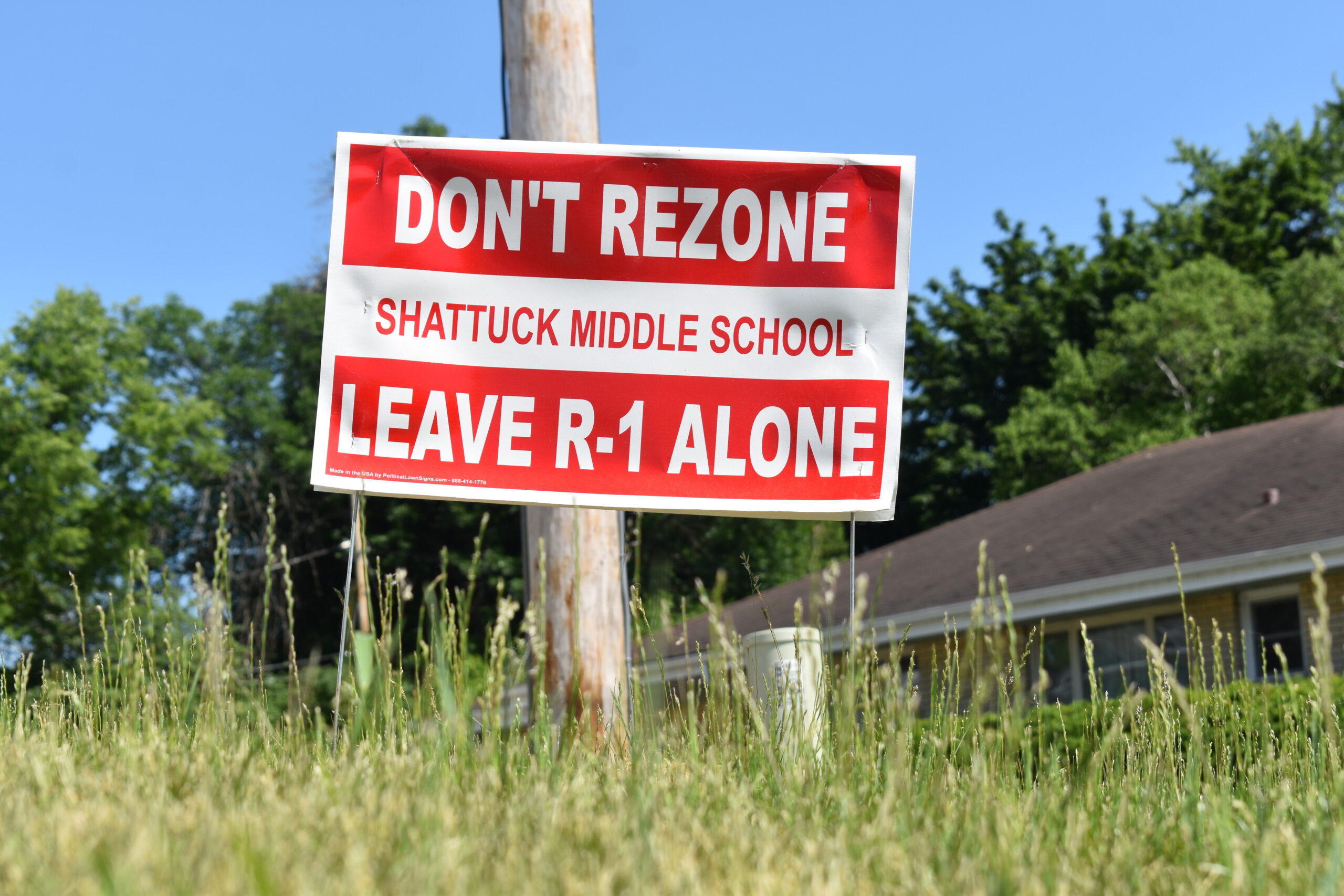
Haese said the city has looked at past multifamily projects to evaluate crime, traffic and neighborhood property values.
“In almost every one of those cases, the insinuation that somehow things were going to get worse in each one of those categories hasn’t proven to be true,” he said.
Deschane said many of residents’ concerns stem from a human fear of change.
“When something is coming that feels different, they can only imagine the worst,” he said.
But Deschane said new housing almost always helps reinvigorate a neighborhood, and has a positive impact on local property values by showing that the area is growing and thriving.
“It’s generally a good thing more often than a bad thing,” he said.
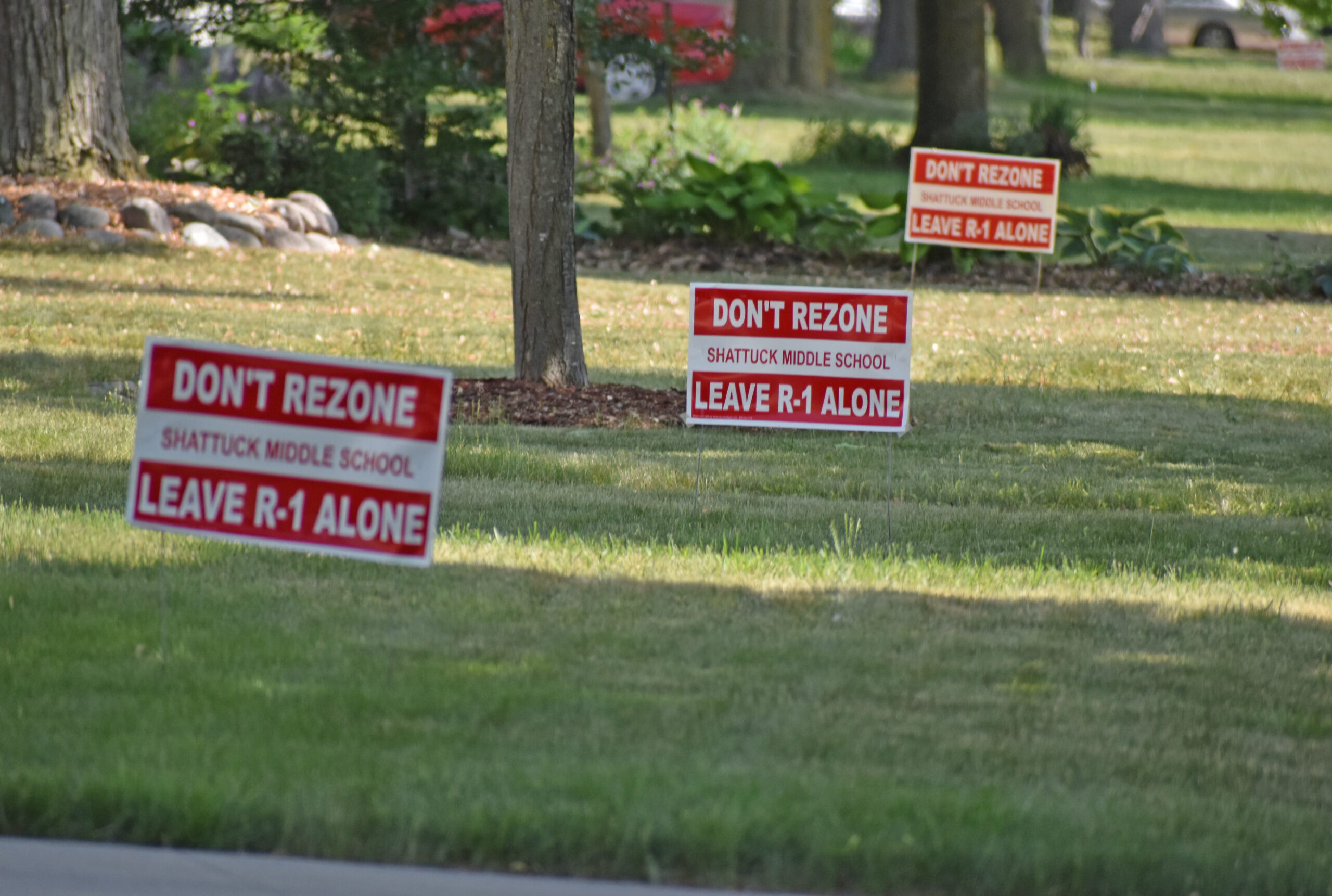
Haese said social media makes it easier to spread fear and misinformation about a housing development.
“That’s difficult to overcome as a municipality,” he said. “That’s a problem we seem to have not only here, but in other communities as well.”
That’s why Deschane said officials should have open conversations with their constituents when dealing with a controversial development.
“We need more housing units virtually everywhere in Wisconsin,” Deschane said. “We need to start talking to our citizens about that, so that we can show people that it’s not that scary.“
Madison group aims to counteract NIMBY influence
As the housing bills proposed by Quinn and others make their way through state government, some in Wisconsin are also joining a broader movement to advocate for housing. They define themselves against the so-called NIMBY impulse of those who protest against new developments.
Ochowicz, a software engineer, said he helped start the Madison is for People organization to advocate for more housing because he was frustrated with the conversations locally. He calls himself a “YIMBY,” or “yes in my backyard.”
“It seemed like people were, a lot of times, just throwing anything at the wall, trying to block changes to their neighborhood,” he said.
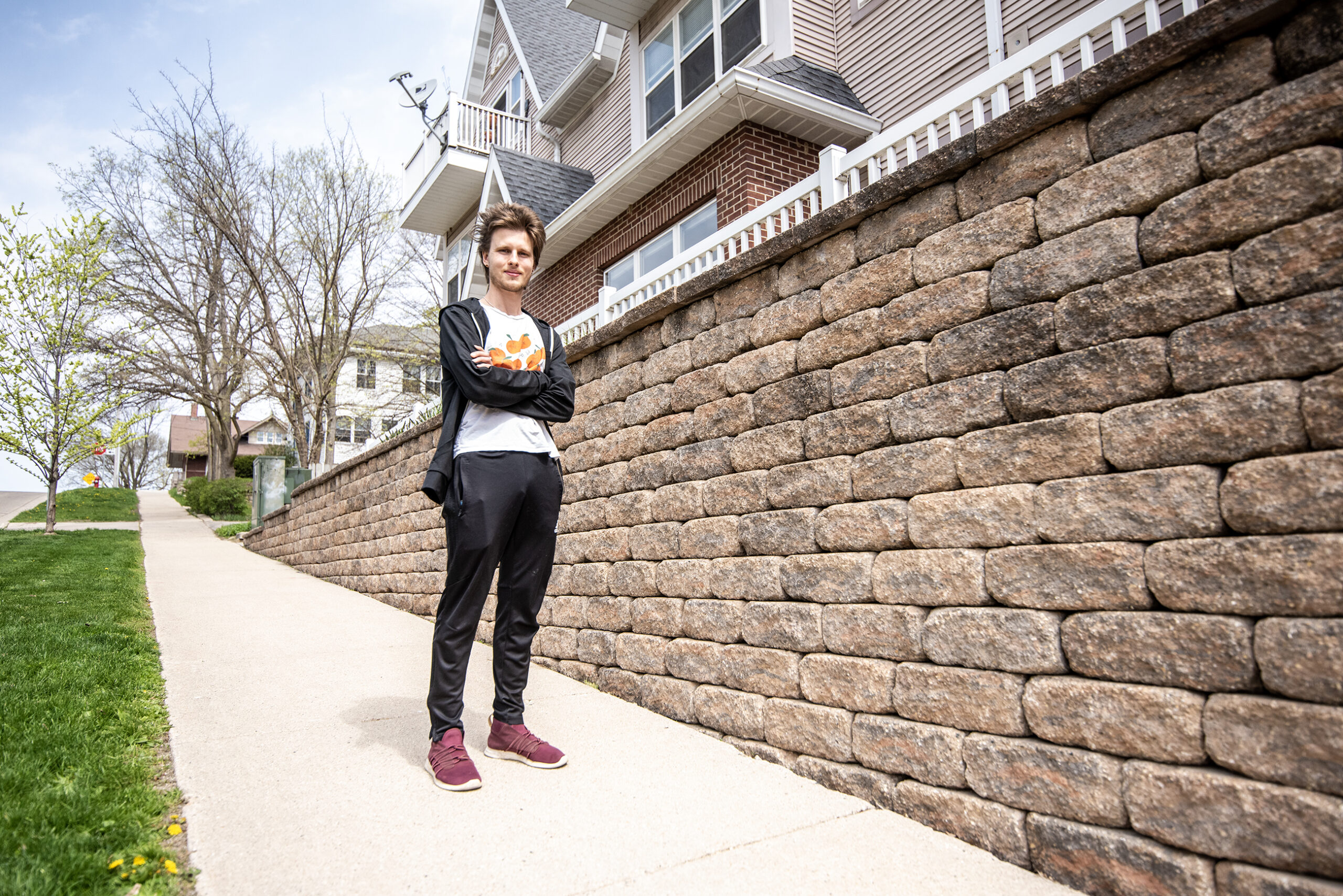
Ochowicz said public comments at local government meetings are often skewed toward homeowners — not the people who could benefit from new projects.
“A lot of people who are going to live in new housing don’t know that they’re going to live in it until it’s done,” he said. “They don’t have as much motivation to show up to a meeting for a place they might live in.”
Ochowicz said workforce housing is especially important to address the issue. He defines it as housing that’s affordable to workers making between 80 and 120 percent of an area’s median income.
“If those people can’t find housing in our cities, where are they supposed to go? These people are part of our society,” he said. “They’re our friends, our neighbors and we want them around. We need places for them to live.”
There are some signs that efforts by Ochowicz and other activists are starting to have an effect, at least in Madison, where the housing shortage has been especially acute. Deschane said Madison has been proactive in trying to address the issue.
This year alone, the city approved zoning changes to allow more housing near public transit. It also eased limits on the number of unrelated people who can live together in areas dominated by single-family homes. But even those changes saw some neighborhood pushback.
Heather Stouder, Madison’s planning division director, said some residents in historic neighborhoods feared large-scale development regarding the zoning changes. In terms of unrelated roommates, she said others worried neighborhoods near the University of Wisconsin-Madison would become overrun by college students.
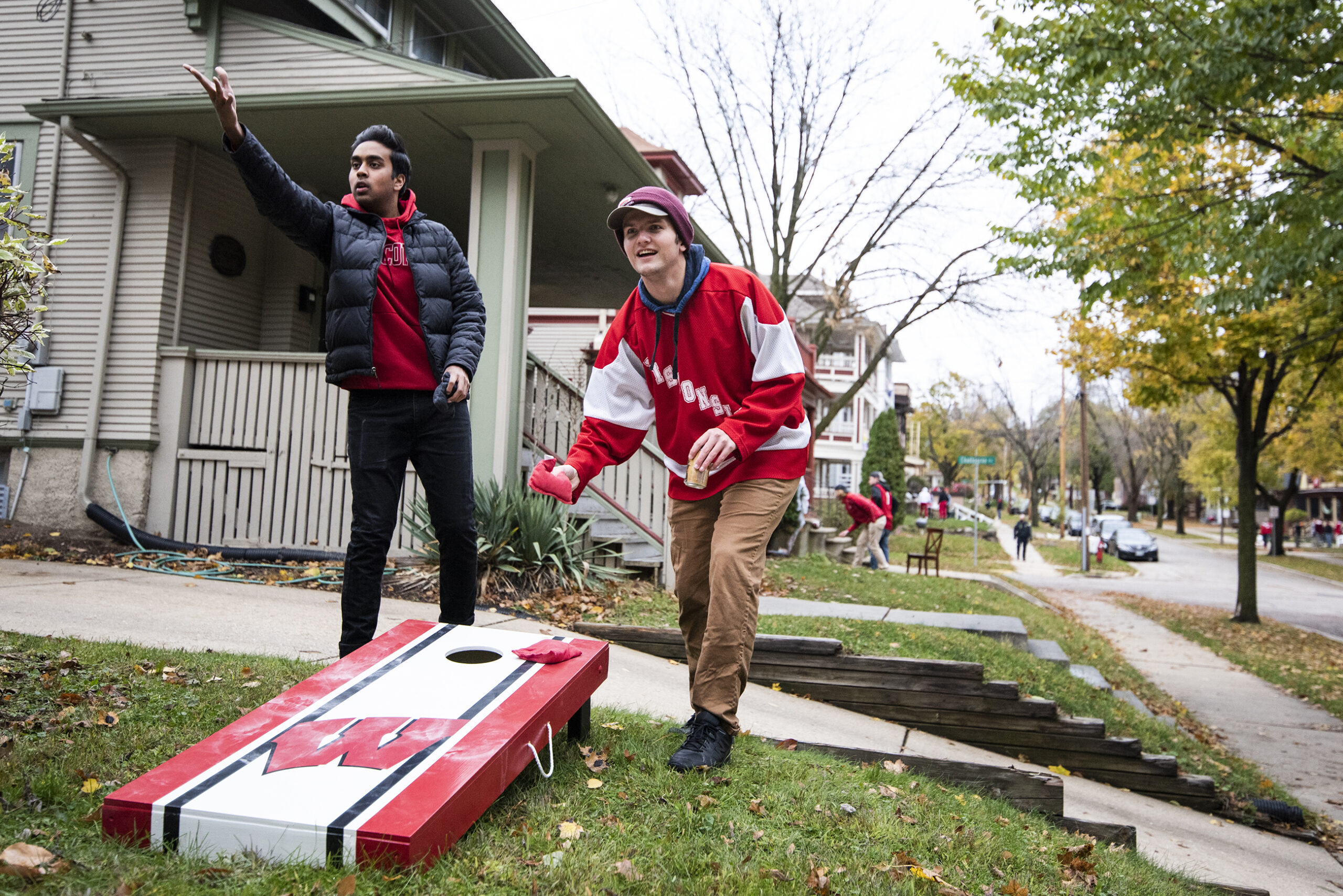
However, Stouder said the zoning changes, for the most part, had “broad support” from residents. She also noted the regulation on unrelated roommates was from the 1960s, and the demographics of renters in the city has changed quite a bit in the last 60 years.
“Renters are people of all ages,” she said. “(Today), young professionals certainly rent a lot deeper into their lives, older adults end up renting very frequently and families with children certainly rent housing in Madison, as well.”
Other steps Madison has taken to improve housing include new zoning rules put in place a few years ago to promote small- and mid-scale multifamily developments, allowing accessory dwelling units and making it easier to build townhomes, Stouder said.
‘Truth in zoning’ bill leaves room to block some developments
Deschane describes one of the key bills in the legislative package as a “truth in zoning” bill.
It would mean residents’ role in influencing development in their communities would come as elected officials create or modify their cities’ zoning codes or master plans — not when individual projects are “at the 11th hour,” he said.
The exception would be when a project requires a property to be rezoned. That means projects like the one in Neenah could still be blocked by local residents.
“That’s the way it should be,” Deschane said. “If a community said, ‘Look, this is zoned for medium- and low-density residential,’ (and) someone wants to bring in a 24-story skyscraper full of apartments, that’s a different animal. That’s a zoning change that goes through a citizen input process.”
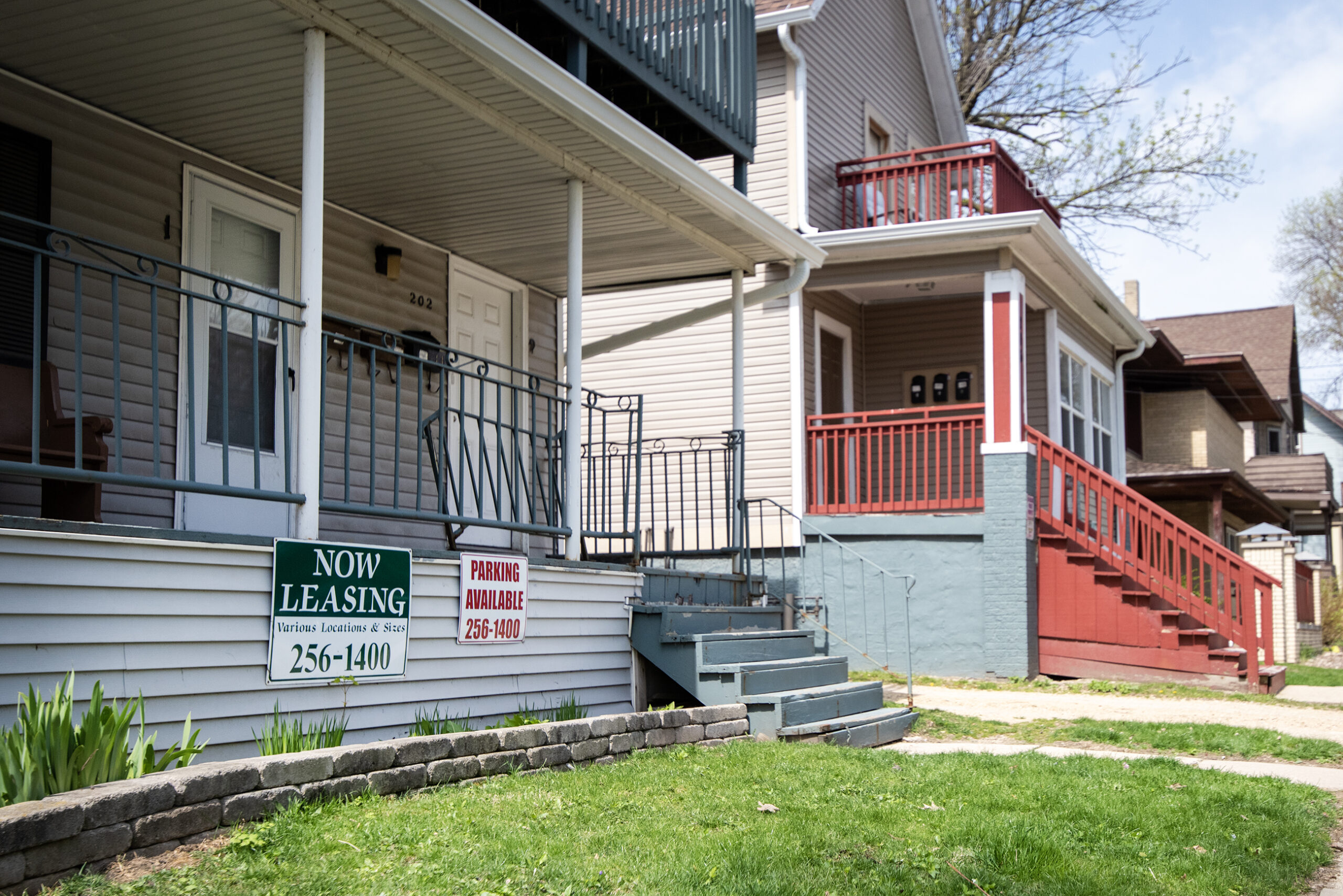
In the meantime, community members will continue to potentially block projects that comply with local land-use regulations.
That’s what happened earlier this year in Wauwatosa. A developer proposed a 28-story, 65-apartment development that also included several floors of multi-tenant offices in November 2021.
According to the Milwaukee Business Journal, that iteration of the project complied with local zoning and was approved by the city in early 2022. That led to an appeal and lawsuit from a group of local residents, seeking to stop the development. In February 2023, the developer announced plans to scrap the apartment and instead build a car wash at the site.
“The neighbors really didn’t want it,” developer John Vassallo told the Milwaukee Business Journal. “They proved their point.”
Proponents of the NIMBY bill say it could help prevent similar projects from being derailed, with the hope that it makes finding a home in Wisconsin a little less like playing musical chairs.
Ochowicz said the package of bills is “a step in the right direction,” but he would like to see lawmakers go further. Some of his suggestions include minimum lot size reform and removing parking minimums statewide.
“I’m really encouraged that the state Legislature is working on bills to fix the housing crisis,” he said. “But I do think they could take some steps forward and actually preempt some of the local zoning ordinances that make it so difficult to build housing.”
Wisconsin Public Radio, © Copyright 2025, Board of Regents of the University of Wisconsin System and Wisconsin Educational Communications Board.

